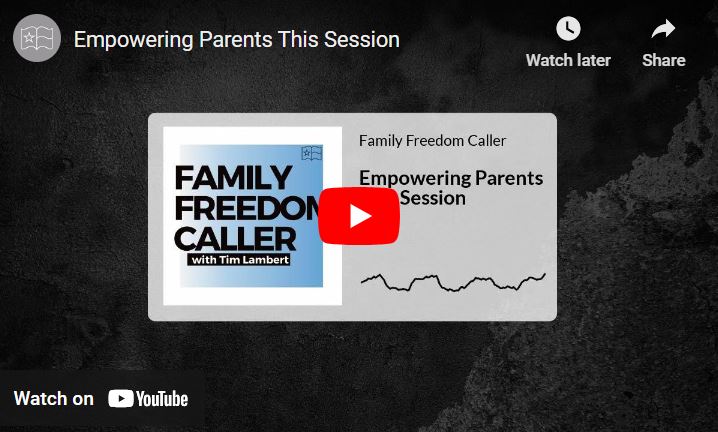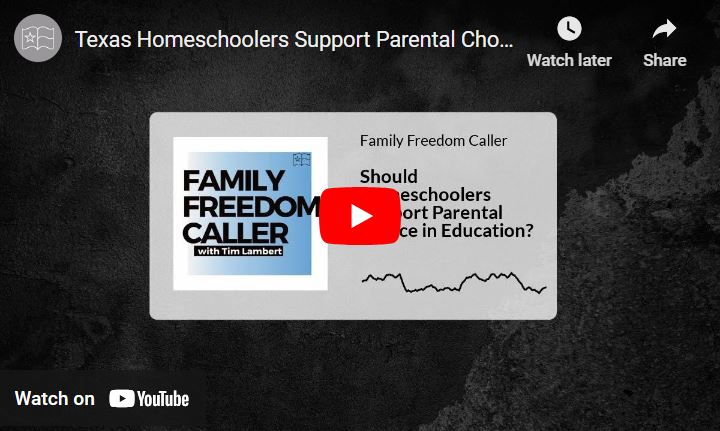May represents the end of the school year, but for some families, there is added meaning with a home school graduation to plan for.
For a graduating student, this is the end of a significant portion of their educational journey. For a home school parent, there are lots of details to consider to make this time special for your student.
From creating a high school diploma to planning a ceremony, when graduation time reaches your family, consider these simple steps to ensure your student ends this season with success.
1. Home School Graduation Tip: Create a Plan
By the time your student is ready to graduate from high school, you will likely have spent years planning, teaching, grading and recording your student’s progress.
Although home school families are free to set graduation standards for their own students, the requirements for the TEA Recommended High School Program consists of 26 credits. The recommended breakdown by subject includes:
- 4 credits of English/Language Arts
- 4 credits of Mathematics, including Algebra I & II and Geometry
- 4 credits of Science, including Biology, Chemistry and Physics
- 4 credits of Social Studies, including World History, World Geography, U.S. History, half credit Government and half credit Economics
- 1 credit of Physical Education
- Half credit of Speech
- 1 credit of Fine Arts
- 5 1/2 credits of Electives
- 2 credits of Foreign Language Studies
If your student is college bound, incorporate the entrance requirements for their college or colleges of choice into your graduation plan. By fact-finding early in your student’s high school career, you will be well on the road to college admission before their senior year.
2. Homeschool Graduation Tip: Consider Internships and The Military
Not all students plan to attend college after their homeschool graduation. Additional post-graduation options include joining the workforce, internships, apprenticeships and enlistment in the military.
Specific to the military, classroom opportunities such as dual credit classes serve students well seeking acceptance.
Alternatively, internship and apprenticeship opportunities do not always have entrance requirements. But, most have an application process. A strong high school transcript complete with community and/or volunteer service is crucial.
3. Graduation Tip: Create a High School Transcript
Most colleges and universities will require an original copy of a high school diploma. Plus, a notarized transcript. Consider these key points when creating your student’s high school transcript:
- Define your grading scale. Colleges want to know what standards you place on your grades. Does a score of 90-100 constitute an A or another score?
- List courses by semester. Make your transcript easy to follow by dividing classes into semesters and years.
- Include Test Scores. Be sure to list your student’s SAT and ACT scores.
- List areas of service. Be certain to note any community service or volunteer hours.
Finally, if your student chooses to have a home school graduation ceremony, enjoy embracing the originality of your student. You can achieve this by having the ceremony reflect their personality.
If you are part of a local support group, consider participating in a coordinated graduation ceremony. If you decide against joining a ceremony with other students, make a reservation at your favorite family restaurant or prepare a special dinner menu to honor and celebrate your student’s hard work.
Alternatively, some students simply want to make a gradual transition from high school to college without a lot of fuss.
Regardless of how and when your student makes the transition from high school to their next season, THSC wants to support you through the process.
Did you know that one THSC membership benefit is a free high school transcript? Consider joining THSC today and immediately start taking advantage of your member benefits that are Keeping Texas Families Free!
May represents the end of the school year, but for some families, there is added meaning with a home school graduation to plan for.
For a graduating student, this is the end of a significant portion of their educational journey. For a home school parent, there are lots of details to consider to make this time special for your student.
From creating a high school diploma to planning a ceremony, when graduation time reaches your family, consider these simple steps to ensure your student ends this season with success.
1. Home School Graduation Tip: Create a Plan
By the time your student is ready to graduate from high school, you will likely have spent years planning, teaching, grading and recording your student’s progress.
Although home school families are free to set graduation standards for their own students, the requirements for the TEA Recommended High School Program consists of 26 credits. The recommended breakdown by subject includes:
- 4 credits of English/Language Arts
- 4 credits of Mathematics, including Algebra I & II and Geometry
- 4 credits of Science, including Biology, Chemistry and Physics
- 4 credits of Social Studies, including World History, World Geography, U.S. History, half credit Government and half credit Economics
- 1 credit of Physical Education
- Half credit of Speech
- 1 credit of Fine Arts
- 5 1/2 credits of Electives
- 2 credits of Foreign Language Studies
If your student is college bound, incorporate the entrance requirements for their college or colleges of choice into your graduation plan. By fact-finding early in your student’s high school career, you will be well on the road to college admission before their senior year.
2. Homeschool Graduation Tip: Consider Internships and The Military
Not all students plan to attend college after their homeschool graduation. Additional post-graduation options include joining the workforce, internships, apprenticeships and enlistment in the military.
Specific to the military, classroom opportunities such as dual credit classes serve students well seeking acceptance.
Alternatively, internship and apprenticeship opportunities do not always have entrance requirements. But, most have an application process. A strong high school transcript complete with community and/or volunteer service is crucial.
3. Graduation Tip: Create a High School Transcript
Most colleges and universities will require an original copy of a high school diploma. Plus, a notarized transcript. Consider these key points when creating your student’s high school transcript:
- Define your grading scale. Colleges want to know what standards you place on your grades. Does a score of 90-100 constitute an A or another score?
- List courses by semester. Make your transcript easy to follow by dividing classes into semesters and years.
- Include Test Scores. Be sure to list your student’s SAT and ACT scores.
- List areas of service. Be certain to note any community service or volunteer hours.
Finally, if your student chooses to have a home school graduation ceremony, enjoy embracing the originality of your student. You can achieve this by having the ceremony reflect their personality.
If you are part of a local support group, consider participating in a coordinated graduation ceremony. If you decide against joining a ceremony with other students, make a reservation at your favorite family restaurant or prepare a special dinner menu to honor and celebrate your student’s hard work.
Alternatively, some students simply want to make a gradual transition from high school to college without a lot of fuss.
Regardless of how and when your student makes the transition from high school to their next season, THSC wants to support you through the process.
Did you know that one THSC membership benefit is a free high school transcript? Consider joining THSC today and immediately start taking advantage of your member benefits that are Keeping Texas Families Free!











